The True Costs of Buying a Home: Beyond the Down Payment
When people think about buying a home, the down payment often steals the spotlight. But while saving for that initial chunk of money is important, it's only part of the story. Whether you're a first-time buyer or a seasoned homeowner, understanding the full scope of expenses involved in a home purchase can help you avoid surprises and make confident decisions.
Here’s a breakdown of the true costs of buying a home—beyond the down payment.
1. Closing Costs (2–5% of the Home Price)
These are the fees and expenses due at the end of the transaction. Common closing costs include:
Loan origination fees
Appraisal and inspection fees
Title insurance and search fees
Attorney fees (if applicable)
Escrow fees
On a $300,000 home, closing costs could range from $6,000 to $15,000. Some loan programs (like VA loans) or local incentives may reduce or eliminate certain fees—especially helpful for veterans and service professionals.
2. Home Inspection and Appraisal
Before you close, you’ll likely pay out of pocket for:
Home Inspection ($300–$500): Helps identify any issues or repairs needed.
Appraisal ($400–$600): Required by lenders to confirm the home’s value.
These costs are non-refundable, but they’re crucial to protecting your investment.
3. Moving Costs
Whether you're renting a truck or hiring movers, don’t overlook the costs of relocating:
DIY move: $200–$500+
Professional movers: $1,000–$2,500+ depending on distance and volume
And don’t forget utility deposits, new furniture, or upgrades you might want to tackle before moving in.
4. Homeowners Insurance and Property Taxes
Lenders require proof of homeowners insurance before closing. Costs vary based on location, home value, and coverage, but expect around $1,000–$1,500 annually.
Property taxes in the Fargo–Moorhead area will also be a factor. These are typically escrowed into your monthly mortgage payment.
5. Private Mortgage Insurance (PMI)
If your down payment is less than 20%, most conventional loans will require PMI. This typically adds $30–$70 per $100,000 borrowed to your monthly mortgage until you build enough equity.
For VA loans and some special programs, PMI isn’t required—an added bonus for military and veteran buyers.
6. HOA Fees (if applicable)
If your home is in a neighborhood with a homeowners association, you’ll have monthly or annual dues. These can range from $100 to over $400 a month, depending on amenities and services offered.
7. Maintenance and Repairs
Unlike renting, homeownership means you're responsible for all upkeep. Budget at least 1–2% of your home’s value each year for maintenance. That’s about $3,000–$6,000 annually on a $300,000 home.
8. Utilities and Services
You may be paying for more utilities than you did as a renter—such as water, trash, gas, electricity, internet, or even snow removal. Factor these into your monthly budget.
Final Thoughts
Buying a home is one of the most rewarding milestones—but it’s also a major financial move that comes with more costs than just the down payment. The good news? With proper planning and a knowledgeable real estate partner (👋 that’s me!), you can navigate the process with confidence.
If you're a hometown hero—military, firefighter, police officer, teacher, or healthcare worker—there are special programs available to help reduce these costs. Let’s connect and explore your options together!
